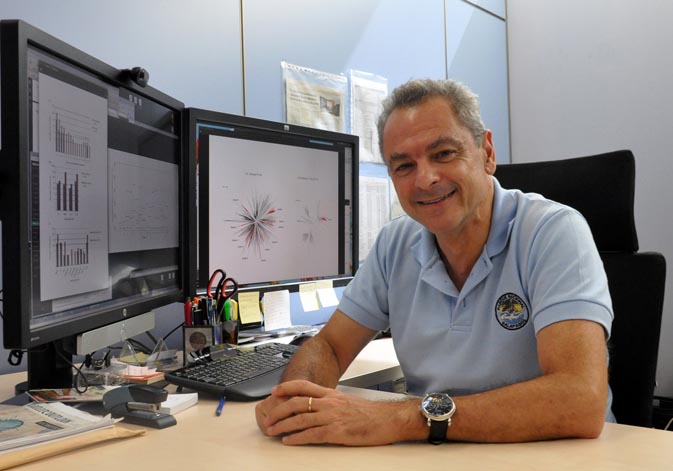Users
Social media
- More details here...
- Address
Parc Científic de la Universitat de València C/
Catedrático Agustín Escardino, 9
46980 Paterna (Valencia) Spain - Email:
iu.i2sysbio@uv.es - Phone:
(+34) 963544810
- Address
Links
They reconstruct for the first time the evolutionary history of AIDS, hepatitis and influenza viruses from the interaction between the parts of the genome

Investigation & Education
Thesis
They reconstruct for the first time the evolutionary history of AIDS, hepatitis and influenza viruses from the interaction between the parts of the genome

The research, in which Juan Ángel Patiño has also participated and Oliver G. Pybus, has been done computer-wise, comparing evolutionary reconstructions of parts of the genome with different mathematical models of evolution, some of which consider the secondary structure and the restrictions it imposes on change, and the others that do not impose these restrictions. Usually, in this type of studies the secondary structure of viruses was ignored, but this project has taken it into account to extract valuable information. As the professor of Genetics at the University of Valencia explains, “these interactions are what we call secondary structure and represent an additional level of action of selection at the molecular level that is not usually considered in the reconstruction of the evolutionary history of these viruses.”
Fernando González's main research focuses on evolutionary genetics, evolutionary and molecular epidemiology, molecular and systems genomics, bioinformatics and conservation biology. For his part, Juan Ángel Patiño, now a postdoctoral researcher at Columbia University in New York (United States), develops his current research in the application of phylogenetic methods to the analysis of the evolution of viruses.
Article:
Juan Ángel Patiño-Galindo, Fernando González-Candelas, Oliver G Pybus; «The Effect of RNA Substitution Models where Viroid and RNA Virus Phylogenies», Genome Biology and Evolution, Volume 10, Issue 2, 1 February 2018, Pages 657–666, https://doi.org/10.1093/gbe/evx273


